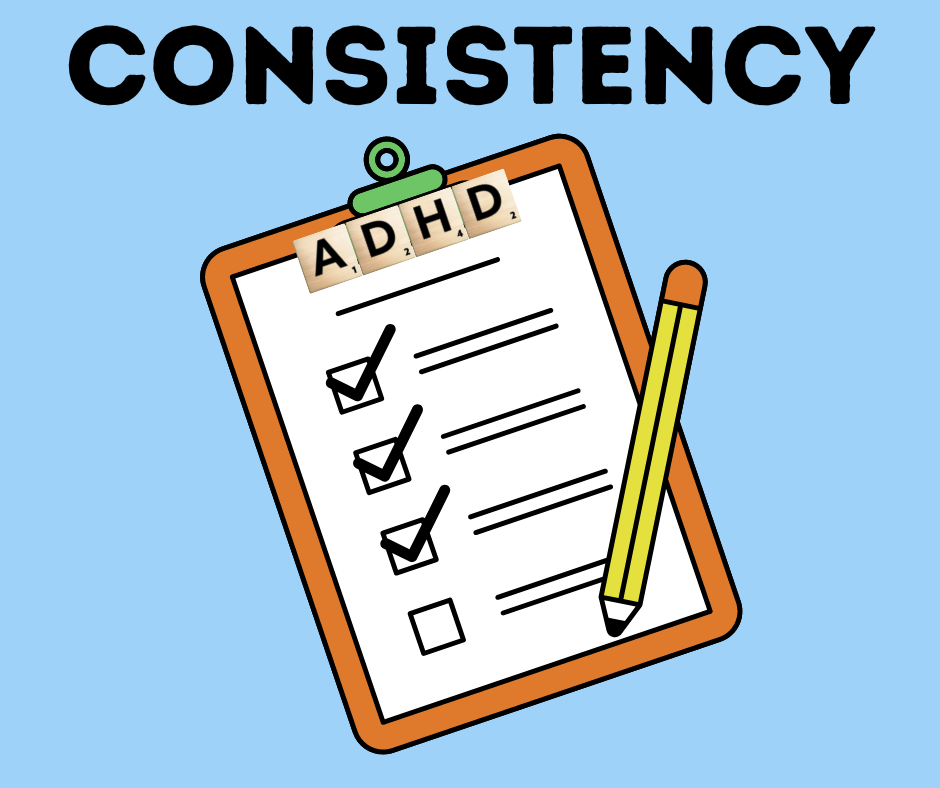As seen in Psychology Today.
Routine as a Tool to Manage ADHD
Patients with attention deficit/hyperactivity disorder (ADHD) typically fall into one of three subtypes: predominately inattentive, predominately hyperactive/impulsive, or combined. These symptoms can interfere with academic, social, or occupational functioning. Though ADHD has long been thought of as a condition that only affects children and young adults, symptoms persist for as many as 60% of patients who were diagnosed with ADHD while adolescents. The same study (Sibley et al, 2016) concluded that 41% continue to meet symptom and impairment criteria as adults.
While medication is an option, many patients can use nonpharmacological interventions to manage symptoms and behaviors—oftentimes without the use of drugs. As I’ll explore below, following a consistent routine is one of the most effective of these nonpharmacological treatment methods.
Symptoms of Adult ADHD
Though the subtypes of ADHD noted above are the same, adults are discernibly less impulsive than children and are less likely to have hyperactive symptoms but may still have difficulties controlling themselves. While children with ADHD are often incapable of sitting still for more than a few minutes, adults with ADHD may struggle with feelings of restlessness or impatience. They may feel compelled to rush from one undertaking to the next, leaving a trail of unfinished projects in their wake.
Patients with inattentive symptoms are a little different. They will likely exhibit similar behaviors throughout their life, even if symptom severity tends to diminish with age. Both children and adults with this subtype of ADHD frequently fail to read instructions, lose or misplace items, and are relatively accident prone because they are not always paying attention to what they are doing. In children, this may result in subpar test scores, aloof behaviors, and more scrapes and bruises than children without ADHD. In adults, it may translate into a failure to be punctual, an inability to budget, poor communication management skills, and easily preventable mistakes. People with ADHD tend to make errors of omission, where they forget to do something, rather than errors of commission, which is when they commit to doing the wrong thing.
These kinds of issues are not solely a problem for people with ADHD.
Preventing the Preventable
It has been estimated that hundreds of thousands of people in the United States die annually due to medical errors. That is not a typo. Upwards of 440,000 people in the U.S. may die every year from medical errors. The majority of these errors do not arise because of poor judgment or clinician ignorance, but rather due to technical problems, miscommunication, medication errors, or dysfunctional team dynamics.
The latter is particularly problematic in the operating room and it affects patients throughout the world. In fact, the global scale of the problem prompted the World Health Organization (WHO) to begin a program known as “Safe Surgery Save Lives” with the simple goal of reducing the number of surgical deaths worldwide.
One of the fruits of the program was a surgical safety checklist. The creators of the list claimed that numerous patient complications and mortalities could be avoided if surgeons and OR staff simply followed a 19-item checklist to ensure safety checks and clear communication between team members before and during surgery. Some examples from the checklist include marking the surgery site before administering anesthesia, checking to see if the patient has any known allergies, and confirming that all team members have introduced themselves by name and role.
Despite being modest tasks that any person working in an OR could handle with ease, the creators of the list have been proven right. A study that examined 6.8 million operations performed in Scotland before and after the checklist was introduced found that mortalities declined by 36.6% following implementation of the checklist.
The Path to Consistency
Beyond the fact that the surgical checklist saves lives, one thing should be crystal clear: Surgeons and OR staff have internalized protocols and procedures to the point that they can recite the steps in their sleep, but they still make mistakes, even in life-or-death situations. Moreover, these errors of omission can be eliminated with the simple use of a checklist.
For a patient with ADHD who struggles to remain focused or cognizant of small details, a similar list may be effective. Patients with ADHD thrive when given a structured environment that keeps them engaged and on task, and something as simple as a checklist provides that framework and external impetus.
Creating a Checklist
The first step to creating a checklist and a routine is to find a checklist app and there are multiple options. Find the one that works best for you. If you don’t want to use an app, you can always write out the list on a whiteboard, a laminated piece of paper, or a notepad that fits in your pocket or bag.
Next, divide the day into sections that include the time immediately before bed and immediately upon waking, and then list the tasks that you feel need to be completed before you either go to sleep or start your day. For the former, you may want to lay out clothes for the following day or make sure your phone is plugged into its charger. For the latter, you may want to make sure your lunch is packed and that you’ve brushed your teeth. From there, you can begin to consider other periods of time, such as the period between dinner and bedtime or the period between breakfast and work or school.
One thing to remember is that the goal is initially to be consistent rather than ambitious. If you start by setting unreasonable expectations, like that you’re going to start jogging a mile every morning even though you are not a morning person and have never been much of a jogger, you may be setting yourself up for failure. Recognize your limitations and start small because you can always add to your checklist later.


0 Comments on "ADHD — Strength in the Checklists: The Foundation of Consistency"